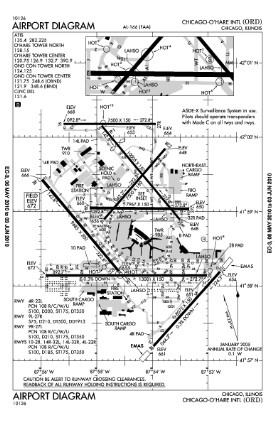Devesh Agarwal, the blogger behind the Bangalore Aviation blog, has written a great two part series detailing everything you ever wanted to know about airport runways. Devesh began the series by covering runway numbers, correct pronunciation, number of runways, runway orientation, runway lengths and widths in part one and then common measurements, runway sections, runway lighting, Precision Approach Path Indicators (PAPIs), runway construction, Pavement Classification Numbers (PCNs) and Aircraft Classification Numbers (ACNs) in part two.
Some of the more interesting facts about runways mentioned by Devesh included:
- The runway area marked with yellow V shapes, which are also referred to as overrun areas or stopways, are the blast pads and these areas are often constructed before the start of a runway in order to reduce the erosion of earth caused by the jet blast that is produced by large planes when they power up for take-off.
- Runways must be extremely strong and most modern runways are constructed using concrete while in areas that are not susceptible to freezing weather, post-tensioned concrete will allow for thinner slabs.
- Runways are numbered between 01 and 36 and this number indicates the runway’s heading. Since on a compass north is 360°, east is 90° south is 180° and west is 270°, you cannot have a runway numbered zero.
- Runway orientations are actually decided based on the historical winds and wind directions. However and if the winds are more variable in direction and the airport is big enough to financially justify the investment, several runways may be built in different directions.
- A typical runway is 10,000 feet but the largest runway in the world is the 11,917 meter (39,098 ft) long and 274 meter (899 ft) wide lake bed runway 17-35 at Edwards Air Force Base in California where the Space Shuttle lands.
After reading Devesh’s entire series, you will definitely know everything you had ever wanted to know about runways.

Leave a Reply